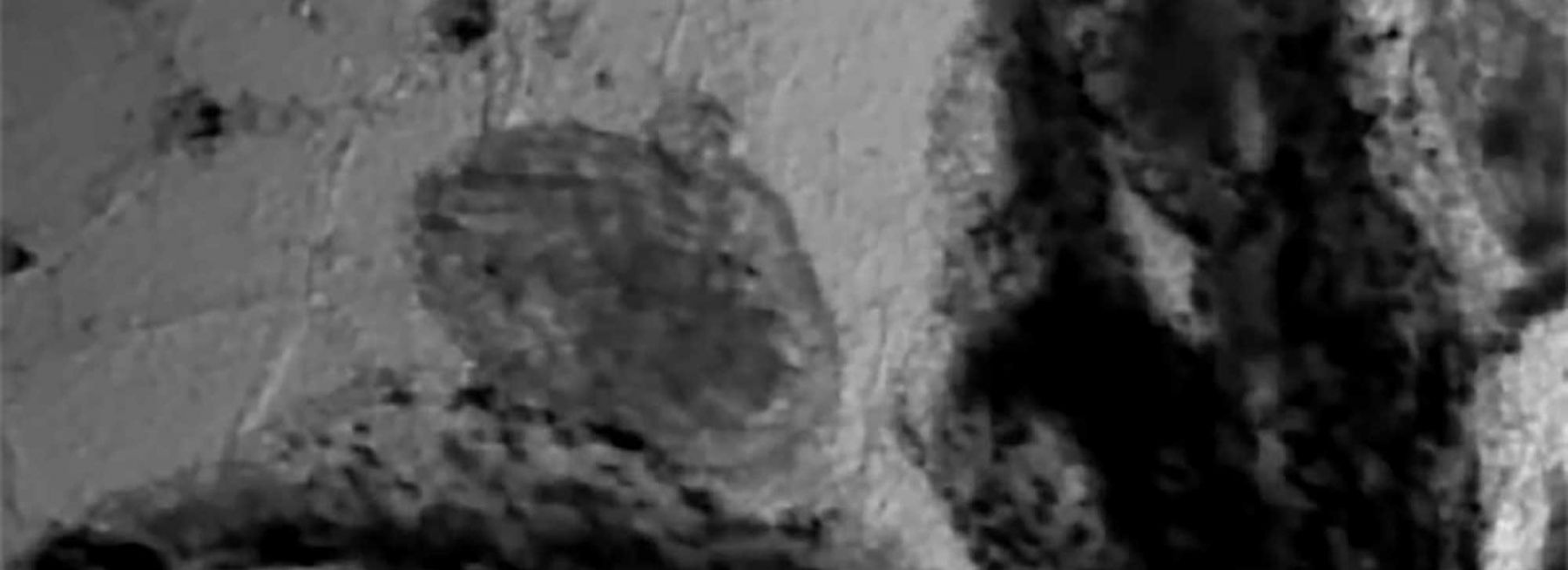Regeneration & Aging
Colonial ascidians are the only chordates with the ability to regenerate every organ in their body, and in Botryllus this takes place every week of its 2-5 year lifespan. Zooids replicate themselves, including all somatic and germline tissues, in a process called blastogenesis. Asexual development takes two weeks and occurs in two distinct stages: a new zooid originates as a secondary bud, and after 7 days transitions to a primary bud. After 7 more days the primary bud completes development and becomes an adult zooid, as defined by opening of siphons and initiating feeding. Blastogenesis is segmented into seven stages (A1-D), each lasting one day under standard laboratory conditions and based on visual morphological features (outlined in accompanying figure). A zooid has a programmed lifespan of 7 days, during which it reproduces asexually and if fertile, sexually. At the end of the 7 days all zooids in the colony simultaneously die via a global apoptotic process called takeover, whereby every tissue dies and is removed by circulating phagocytes. The primary bud then migrates to the vacated region, opens its siphons and becomes a zooid, and the secondary bud becomes a primary bud and initiates new secondary bud development. Thus the life history of Botryllus includes a constant turnover of asexual generations, and development of at least one bud/zooid is required for a colony to just maintain its size. In order to grow, each zooid must have multiple buds. Zooids can give rise to 1-4 new buds, thus a colony can quadruple in size every week under maximum growth conditions. In B. schlosseri, blastogenesis is synchronized throughout the colony, and takeover occurs even if the buds are surgically removed. Our long-range goals are to understand the source of new somatic tissues, as well as the gene regulatory networks that underlie regeneration. Are embryonic GRNs redeployed during regeneration, or are new mechanisms involved? Do cells progress through the same intermediates as they differentiate, or do embryogenesis and blastogenesis involve distinct pathways? How is patterning and axes formation achieved?
In addition to blastogenesis, Botryllus can also undergo an alternative regenerative process called vascular budding. Vascular budding only occurs following surgical excision of all zooids and buds, leaving only the extracorporeal vascular network. Following excision, the vasculature will remodel and a new body will develop de novo, which will then undergo blastogenesis, and eventually restore the entire colony. We are currently focused on understanding the source of the new bud and comparing the molecular mechanisms that underlie vascular budding vs. blastogenesis.
Despite the constant asexual turnover, genotypic death occurs and there are unique aging phenotypes in Botryllus. In the lab, the lifespan of any genotype ranges between 6 months to > 2 years. Organismal death follows a clear set of visual morphological changes (senescence) that last ca. 5 weeks, and concludes with the termination of blastogenesis: the last generation of zooids undergoes takeover, but there are no buds to replace them, and the colony dies. One of the most interesting aspects of aging in Botryllus is called non-random senescence, and was discovered by comparing the lifespan of subclones of a single genotype. For the majority of genotypes, individual subclones (i.e, pieces of the same genotype) died haphazardly, with a standard deviation of about six months. In other words, after separation, some subclones would die after 2– 3 months; some would die after a year, and others in between. In contrast, about 40% of lab-reared genotypes showed non-random senescence, whereby independent subclones of a single genotype would die simultaneously, initiating senescence and dying within a 48 h period of each other. This simultaneous senescence could occur even months after separation. Thus there seems to be an aging clock for both individual zooids, as well as a subset of genotypes. Our long range goals are to understand the molecular mechanisms which underlie these different aging phenotypes and the potential genetic control of lifespan.
